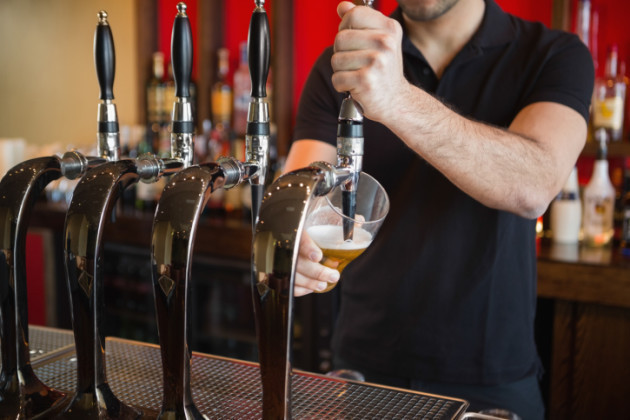
Pub closures highest for a decade in 2023
According to accountancy firm Price Bailey, pub closures reached a decade high in 2023.
The data, which was obtained under the Freedom of Information Act, found that 769 pub businesses entered insolvency in 2023, up from 518 in 2022. This equates to an average of 2.1 closures a day, up from 1.4 per day in 2022.
However, the above does not account for the closures of individual pubs by managed groups that did not enter insolvency. In total, there were 38,175 pubs in the UK at the end of 2023, down from 41,015 a decade earlier.
The hospitality sector has been subject to several adverse factors affecting trading during and since the pandemic, including high energy, labour and wholesale food and drink costs. At the same time, the disposable income of pub-goers has been squeezed.
Price Bailey points out that the Bank of England's interest rate began in 2023 at 3.5% but was hiked aggressively throughout, finishing at 5.25% by the end of the year. The government’s £18bn energy support package for businesses began to taper away at the end of Q1 2023 meaning energy costs for publicans rose sharply from Q2 onwards.
Other factors include the need to repay Covid support loans and strike action on the railways leaving many pubs in city centre locations losing out on vital trade at key points in the year.
Matt Howard, head of the insolvency and recovery team at Price Bailey, said: “2023 saw the highest level of pub failures in over a decade. While there are some glimmers of hope, underlying trading conditions remain challenging and rising labour costs continue to exert strong pressure on margins.”
“The inflation rate for pubs crept up again in January and hopes of an early rate cut appear to be receding. The first quarter is a much slower trading period for pubs, and while sales growth was impressive in December many pubs are struggling to turn a profit.”
“Many pub businesses piled up barely manageable levels of debt during the pandemic lockdowns and rate hikes are tipping an increasing number into the red. The longer rates stay at current levels, the more pubs are likely to close their doors for good.”
He added: “Workers in the pub trade have been among the chief beneficiaries of rises to the National Living Wage, which has been hiked by over 40% in five years. Higher wage costs mean that many pubs remain in the red for large parts of the trading week.”




